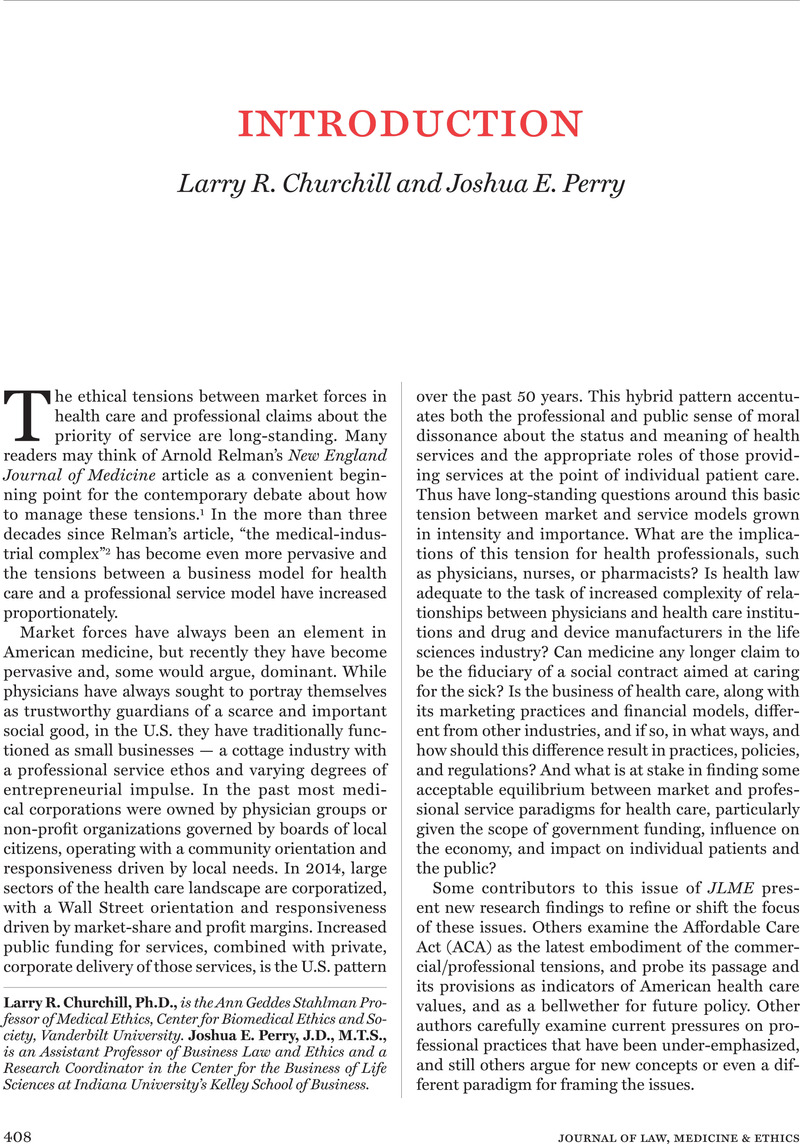Crossref Citations
This article has been cited by the following publications. This list is generated based on data provided by Crossref.
Neira Brito, Francisco
2004.
La gestion des ressources renouvelables : vers une gestion patrimoniale des écosystèmes*.
Bulletin de l’Institut français d’études andines,
p.
167.
Spinelli, Hugo
2018.
Máquinas y arte-sanos.
Salud Colectiva,
Vol. 14,
Issue. 3,
p.
483.
Lachman, Peter
Batalden, Paul
and
Vanhaecht, Kris
2020.
A multidimensional quality model: an opportunity for patients, their kin, healthcare providers and professionals in the new COVID-19 period.
F1000Research,
Vol. 9,
Issue. ,
p.
1140.
Lachman, Peter
Batalden, Paul
and
Vanhaecht, Kris
2021.
A multidimensional quality model: an opportunity for patients, their kin, healthcare providers and professionals to coproduce health.
F1000Research,
Vol. 9,
Issue. ,
p.
1140.
Rose, Klaus
2022.
The COVID-19 Pandemic.
p.
1.
Rose, Klaus
2022.
The COVID-19 Pandemic.
p.
141.



